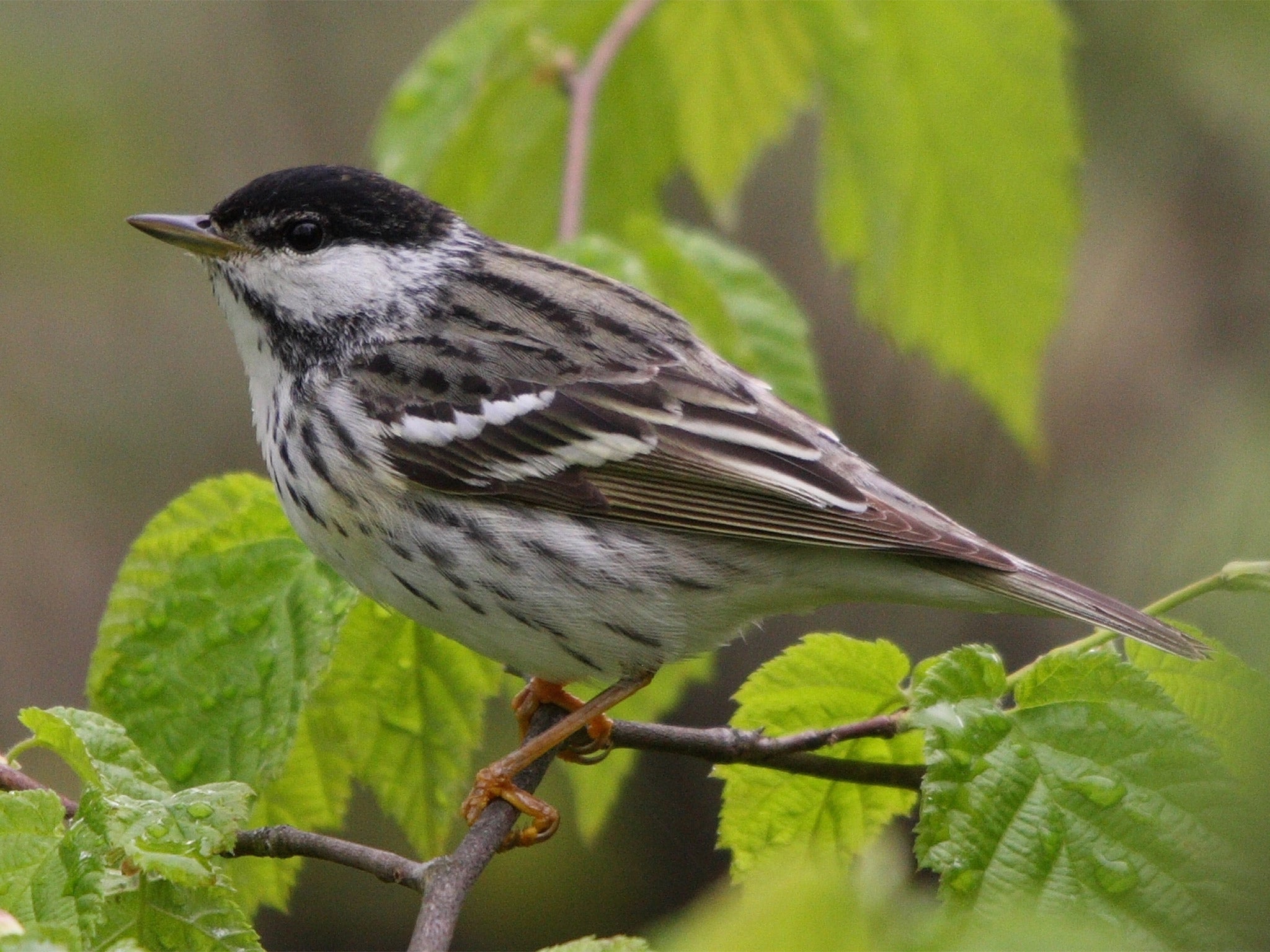There’s a reason some birds don’t seem to fly south for winter anymore

The birds and the bees are telling humans about much more than sex, a new study released Thursday says.
They are a harbinger of climate change, with species swapping habitats like a game of musical chairs as regions in Europe and the United States warm. Populations of American robins that winter in southern states are in decline there, but they are on the upswing in northern states that were once too cold. And European wrens are beating a trail from southern parts of Europe, also for chilly northern areas that in the past were uncomfortable, the study says.
The study on the warming climate's effect on common birds "is the first real demonstration that climate is having a similar, large-scale influence" on the animals around the world. It was undertaken by an international team of researchers led by the Durham University in England, with help from the U.S. Geological Survey, and published Thursday in the journal Science.
"These findings represent a new climate impact indicator for biodiversity," said Stephen Willis, the study's lead author and a researcher at the university's School of Biological and Biomedical Sciences. "The same approach could also be applied to species such as bees, butterflies and dragonflies, which are well monitored and highly susceptible to changes in climate."
Thursday's study supports previous research commissioned by the U.S. Fish and Wildlife Service that said warming temperatures are altering the habitat ranges of birds in every state, so much so that the mascot of Baltimore's baseball team -- the oriole -- might no longer inhabit the Baltimore-Washington region 30 years from now. The same is true for eagles.
As the area warms and dries, they would have to find other habitats, possibly fight other species for a place there, and quickly adapt or possibly perish, a study published two years ago by the National Audubon Society says. Of 588 species studied, about 125 were expected to be pushed from half their range and likely decline.
Another 188 species would be affected if the current pace of greenhouse gas emissions continue unabated, the Audubon study said. More than 90 percent of the world's climate scientists agree that human emissions have caused the planet to warm at an accelerated pace.
The December 2015 to February 2016 global temperature set a record for "highest departure from average for any three-month period," according to the National Oceanic and Atmospheric Administration. The average February surface temperature on land and sea was more than 2 degrees higher than the 20th--century average.
"This was not only the highest for February in the 1880-2016 record, but it surpassed the all-time monthly record just set two months ago in December 2015 by 0.16 Fahrenheit," NOAA said when it announced its finding.
The white-throated sparrow has declining populations and declining climate suitability throughout its breeding range in the northeast United States.
For the current study, researchers took climate records from 1980 to 2010, and contrasted the information with population trends for 145 common bird species in Europe and 380 American species. They analyzed their abundance in their normal distribution, used climate history to determine why those habitats were suitable, then tracked population changes for each species.
They placed birds into two groups -- those that stood to benefit by a warming habitat and those that didn't. "The team found a clear difference," according to an announcement of the study by Durham University. "Populations of species predicted to have been favored by changes in climate had, on average, substantially outperformed those expected to have been disadvantaged."
Willis said the research "helps us to understand where climate change is affecting populations, and to understand the causes of population changes of common birds."
Wren and robin populations are decreasing in areas with hotter and drier summers and increasing in areas where winter temperatures are becoming milder. The number of wrens in Spain, for example, is in decline. Likewise, fewer robins are wintering in Louisiana and Mississippi, but more are showing up in the Dakotas. Previous research shows that winter in places such as Illinois are now so mild that many robins don't bother to fly south.
Various species of birds flocking from one range to another leaves more than just a void. It can do as much harm to a natural ecosystem as humans who abandon one city for another can hurt the economy of their place of origin. Birds eat pests and are prey for other animals that rely on them to survive.
"Common species dominate ecosystems, and even small changes in their abundance can lead to large changes in ecosystem structure, function, and service provision," the study said.
Copyright: Washington Post
Join our commenting forum
Join thought-provoking conversations, follow other Independent readers and see their replies
Comments
Bookmark popover
Removed from bookmarks